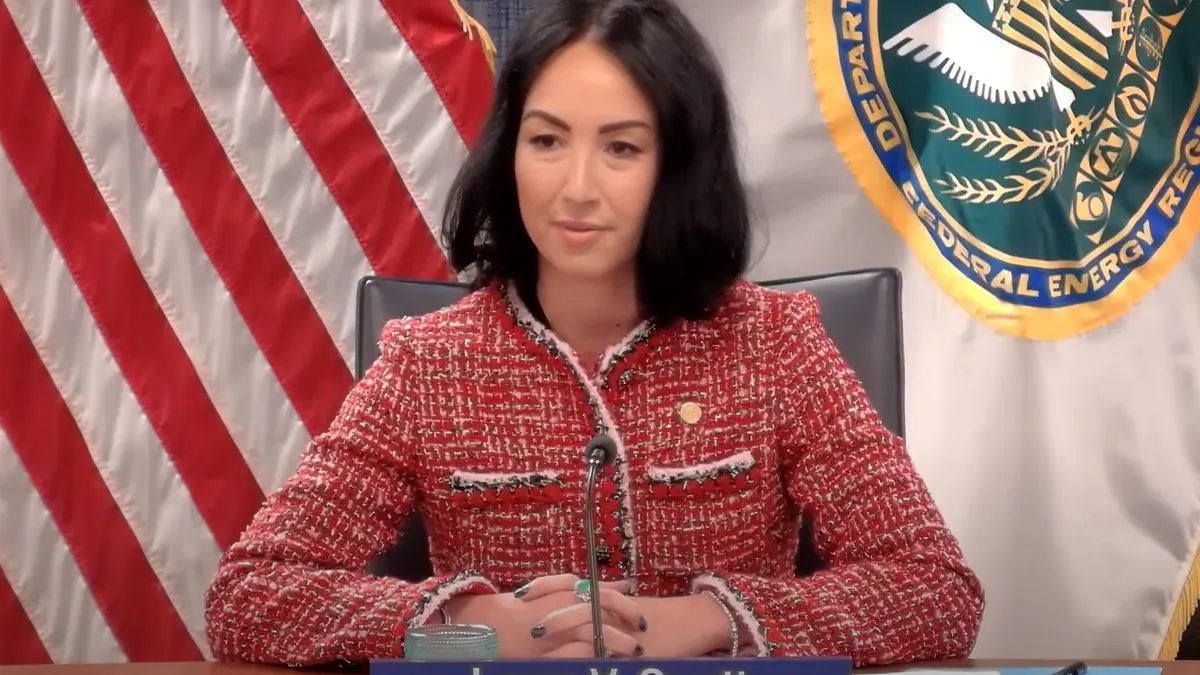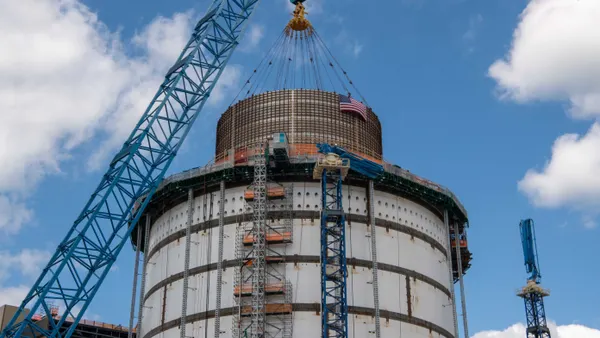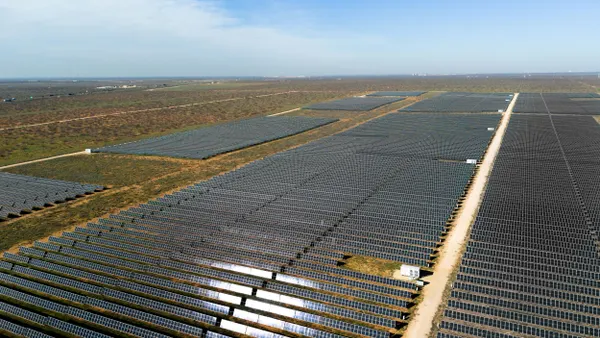Dive Brief:
- Import tariffs could raise battery costs for U.S. utility-scale energy storage installations by more than 50% and make the United States the world’s most expensive solar market, Wood Mackenzie said on June 2.
- Prices for four-hour battery systems have already risen 56% to 69% since January and are expected to remain volatile “until clarity returns,” Anza Renewables said Thursday in a separate quarterly pricing report.
- U.S. energy storage developers will likely depend on imports well into the future as domestic manufacturing capacity expands from 6% of present-day demand to 40% of expected 2030 demand, Wood Mackenzie said.
Dive Insight:
Anza’s quarterly report shows significant market impacts from the Trump administration’s tariff policy. By April, imported batteries faced a universal 10% tariff, a further 145% tariff on Chinese components and stepped-up Section 301 levies dating back to the Biden administration, Anza said.
Every battery manufacturer Anza tracks had paused price quotes by early April, according to the quarterly pricing report. Many resumed quoting on shorter validity windows in late April, ahead of a 90-day reprieve on May 14 that cut the China tariff down to 30%, Anza said.
The temporary tariff reduction could indirectly increase final pricing for domestic energy storage developers next quarter as shipping prices rise amid a rush to bring inventory into the U.S., Anza said.
Four-hour battery system costs increased more than 50% since January despite a 17% drop in spot prices for lithium carbonate, a key input for lithium-ion batteries, over a similar timeframe.
The longer-term energy storage cost outlook depends on where import tariffs settle, Wood Mackenzie said. Its consultants considered a milder “trade tensions” scenario, with stable tariffs of 34% on China and 10% on the rest of the world by year-end 2026, and a more severe “trade war” scenario with a 30% average global tariff through 2030.
Long-term costs for utility-scale energy storage projects would increase anywhere from 12% to more than 50%, depending on the scenario. Prices would increase 6% to 11% for other energy technologies, Wood Mackenzie said.
That would still make the U.S. the world’s most expensive solar market. Under the “trade tensions” scenario, U.S. utility-scale solar projects would cost 54% more than in Europe and 85% more than in China, Wood Mackenzie said.
U.S. solar construction costs are already high because of “tariffs that have been in place on solar modules along with an inefficient transmission policy that exacerbates interconnection costs,” Wood Mackenzie Vice Chairman of Power and Renewables Chris Seiple said in a statement.
The administration’s unpredictable trade moves further complicate matters for developers, he added.
“In a business with five-to-10-year planning cycles, not knowing what a project will cost next year or the year after is disruptive and causes massive uncertainty for U.S. power industry participants,” with construction delays a likely result, Seiple said.
Anza’s latest data shows that battery pricing has seesawed from week to week. Prices for a four-hour, 40-MW, alternating-current BESS rose 49% from early to late April, then slid 21% after the May 12 tariff pause. Direct-current BESS saw even greater volatility, jumping 84% from early to late April before falling 33% in May.
Smaller, distribution-connected systems — represented by the 40-MW archetype — were marginally more sensitive to tariffs overall than bulk-connected systems, Anza found. AC and DC pricing for distribution-connected systems has increased 68% since January, compared with 56% for AC bulk-connected systems and 69% for DC bulk-connected systems.













